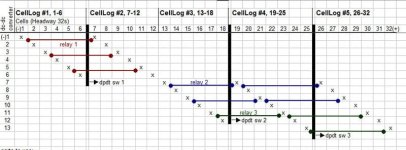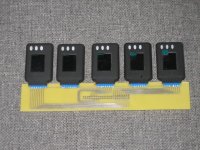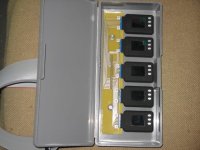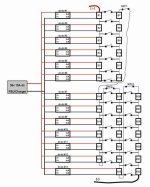olaf-lampe
10 kW
If the source for 5V converters has dried out, search the 1.8V version and put two in series for each cell 8)
The datasheet usually states +10% adjustment range; which is roughly 4V for two converters.
Then use milliohm-resistors for the sense inputs to push it a bit higher.
-Olaf
<edit> found one , but I'm not sure about stock quantities:
http://cgi.ebay.de/SynQor-Qtr-Brick-48V-In-1-8V-Out-DC-DC-Converter-/190450503997?pt=LH_DefaultDomain_0&hash=item2c57bc113d
<edit 2> for experiments a dual output version 3.3v and 1.8v @15A
http://cgi.ebay.de/DC-DC-converter-36-75V-1-8V-3-3V-out-15A-each-/160491524179?pt=LH_DefaultDomain_2&hash=item255e0a5053
The datasheet usually states +10% adjustment range; which is roughly 4V for two converters.
Then use milliohm-resistors for the sense inputs to push it a bit higher.
-Olaf
<edit> found one , but I'm not sure about stock quantities:
http://cgi.ebay.de/SynQor-Qtr-Brick-48V-In-1-8V-Out-DC-DC-Converter-/190450503997?pt=LH_DefaultDomain_0&hash=item2c57bc113d
<edit 2> for experiments a dual output version 3.3v and 1.8v @15A
http://cgi.ebay.de/DC-DC-converter-36-75V-1-8V-3-3V-out-15A-each-/160491524179?pt=LH_DefaultDomain_2&hash=item255e0a5053





